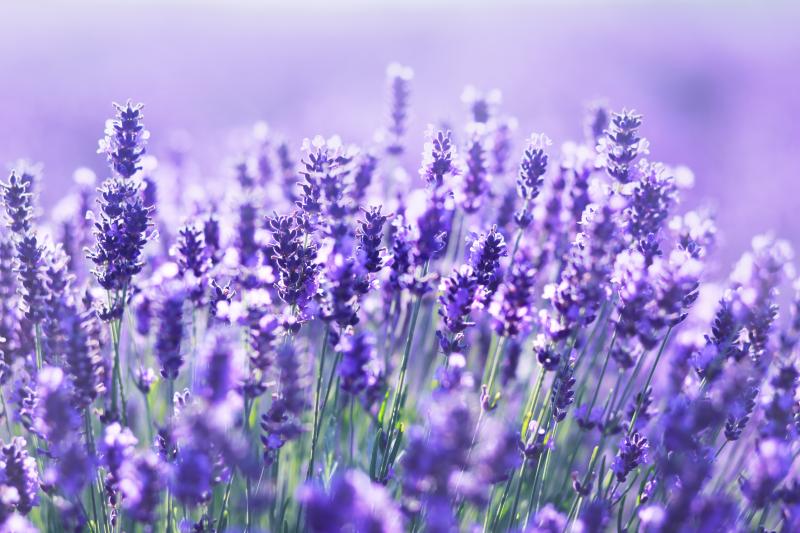A “buck” meaning “money” comes from the days when a deerskin, or a buckskin, was used to trade for goods. Bucks in the garden can cost you big bucks in lost plants. Bucks can even damage trees that they don't eat by rubbing their antlers on them during the rutting or mating season.
Avoid plants that deer, like such as cedars, arborvitae, dogwoods, roses (in spite of their thorns, deer love rosebuds), tulips, pansies, yew and especially hostas. Deer often scout for food sources in the spring and will return later in the season to feed.
You can put up fencing, but it will have to be tall, because deer can easily jump 6 feet high. Instead, try scattering blood meal fertilizer around your garden to deter them. For a more high-tech deterrent, you might install bright lights or water sprinklers that are set off by motion detectors.
You can also plant flowers that deer do not usually eat. The list of deer-resistant flowers includes lavender, daffodils, larkspur, verbena, black-eyed Susans, peonies, iris, forget-me-nots, hibiscus (rose of Sharon), buddleia (butterfly bush), purple coneflowers, lantana, cleome, Virginia bluebells, salvia, sweet alyssum, snapdragons, bread seed poppies, globe amaranth and foxglove.
In the vegetable garden, deer usually avoid sage, chives and lavender because of their strong odor and taste. Chives and sage are not only easy to grow, but also, come back year after year once they’re established. You can even interplant these in your flowerbeds.
To use another Americanism, ”If you can't beat them, join them.“ That is, rather than fight off the marauders, maybe encourage the deer to feast on plants you put out just for them. Deer plots are often planted by hunters, but also by farmers to lure deer away from their crops.
A popular deer plot planting includes brassica blends of purple-top turnips, daikon radish and forage rapeseed that can produce up to 3 tons of forage per acre. Deer plot seeds usually germinate quickly and are easily planted with just hand tools. You can even scatter them directly on the soil in early spring.
The leafy foliage is eaten early in the summer season, followed later by the energy-packed bulbs from the turnips and radishes. The mix is high in protein that provides energy for the deer throughout the winter. The crops taste even better after the first frost, when the forage becomes sweet.
Cowpeas are also a popular choice during the summer and early fall because of their high yield and high protein content. Red clover makes a good cool-weather crop that is appetizing to deer as well as other grazing wildlife.
You can plant a seed mixture that includes white clover, alfalfa, dwarf Essex rapeseed, red clover and crimson clover. Mix in cereal grains such as oats, wheat, rye and triticale. For big antlers, plant a high-protein blend of 90% clover and 10% alfalfa. Or use a blend of clover and chicory that lets your antlered friends feast on two perennials in the same patch.
Rather than fight the invading deer, 'buck up' and plant a deer-friendly patch. Live and let live – after all, the buck stops here.
























































